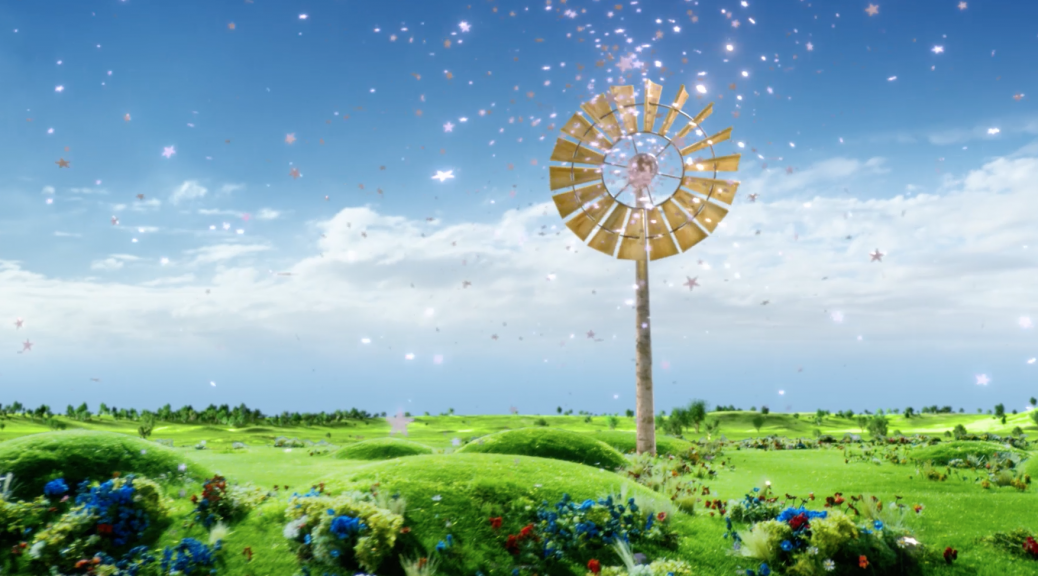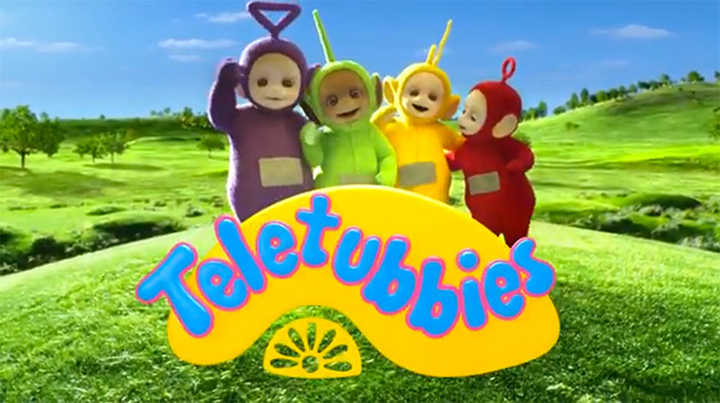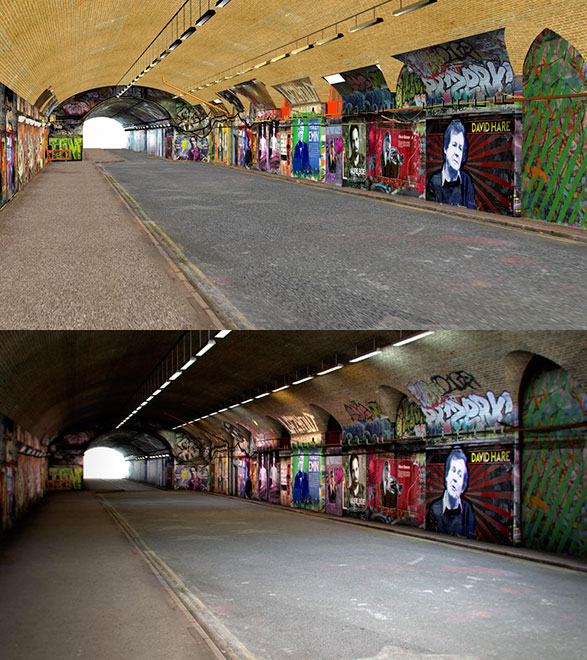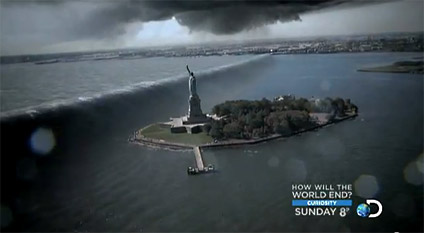Recently I was fortunate enough to work with the guys at Seed Animation in Soho, London. As soon as I sat with owner Neil Kidney and watched the initial storyboarded animatic for what was to be a minute long Egyptian commercial for fast food chicken giants Halwani, I knew it was going to be an interesting month or so. Every shot was packed with details, loads of characters, and environments that at first glance seemed to all be different. With the addition of an Arabic song and fast cuts of shots that seemed to include a concentration camp and a swimming pool of frying oil, this project became something I doubt I’ll forget in a hurry.
My involvement was as one of 2 TD and lighting types, picking up from where someone else had left off, a position that can be a little tricky. Everybody approaches technical setups differently, so some adjustments were necessary. Animators were brought in to animate chickens, and others were off site modelling and setting up the fluid simulation for the swimming pool of boiling oil.
As this was a Softimage project, much of the technical side of this animation was created using ICE. My first task to conquer was the external landscape setup and layout, while my partner in TD crime, Ogi (Ognjen Vukovic) was busying himself with initial lighting setups and a feather system based on ICE strands.
The landscape setup was similar for every external shot. There is a large grid from which another higher res mesh is generated. That mesh has weight maps on which drive the distributions of grasses, stones, paths, and rocks, all of which are instantiated using scatter tools in ICE. The trees are a simple underlying mesh with a pointcloud of instanced leaves at the top. Bizarrely enough I was initially using a feather system, FC Feathers, for the leaves as it gave me great control over the overall flow, but that was junked in favour of a random distribution, bar on one of the designs, the pine tree, where it still works well.
Once we’d blocked out all the initial layouts, we started to combine every shot into something that could be lit nicely and render quickly. Each animated chicken was cached out from an animation scene using the Alembic .abc format, then imported into Softimage using a Python script Ogi had written that applied the animation from the Alembic cache onto the feathered chicken.
With the feathers in place, the grass, rocks, trees, flowers, distant hills and the myriad of fences and buildings were beginning to add up, a challenge for rendering anywhere, let alone Seed, a small studio with only a few full time staff and a proportionally sized render farm. The solution to this challenge was the truly remarkable Redshift 3D Renderer. This uses GPU rendering with Nvidia CUDA compatible cards. It’s fast. No. It’s really fast. With all the aforementioned details in shot, render times ranged from about 6 to 10 minutes per frame for most shots, including the time taken to send the scene to Redshift. That’s with reasonable sample settings, sometimes volumetric lighting, and at Full HD. We had a handful of PCs, mostly with two 980GTX cards fitted, though others had Quadros inside. Consider that… the power of thousands of pounds worth of CPU rendering hardware in a pair of gaming cards!
The only limit we found with such complicated scenes was RAM. Redshift uses the graphics RAM for its rendering, not only your PC’s RAM which is a major limitation if you only have a 4GB card for example. With so many geometry instances, feathers and other models in our scenes, it was actually system RAM which was a limiting issue and thereby scene extraction time too as the PCs were paging to the hard drive. The solution to this was to cache out the animated characters from the assembly scenes to Redshift proxy caches, then read them back in to a new scene and render from there.
Technicalities aside, lighting and set dressing was wonderfully straight forward and a joyous thing indeed. I have actually used Redshift before at Glassworks, just around the corner from Seed, but this was the first time I was lighting such complicated scenes with it. I recently returned to a studio where they were rendering using VRay and my old buddy Mental Ray. The latter in particular felt archaic, much more so than it ever has. I guess I held on to that one so long because of its tight integration with Softimage.
We’re all very pleased with the results on this ad. It was a brilliant team of exceptional talent. The animation especially helps, adding to the madness of such a quirky piece! Altogether now! Bwaaa! Cluck! Cla cla cluck!
Apparently an English dub is in the works…



